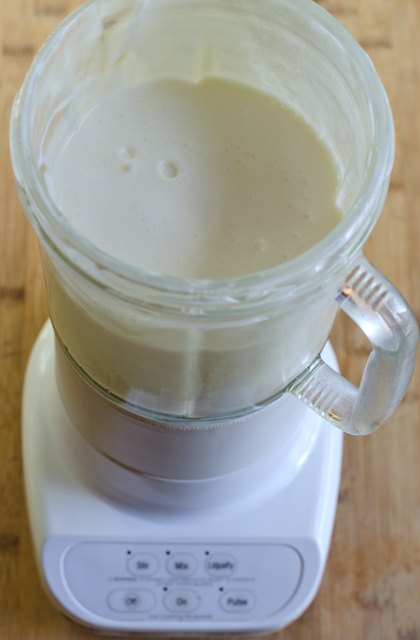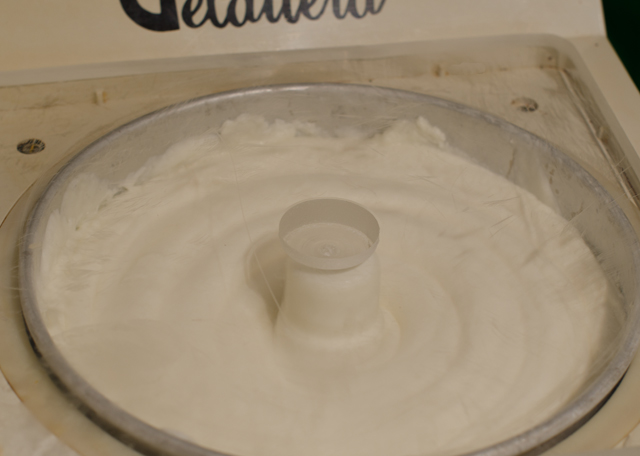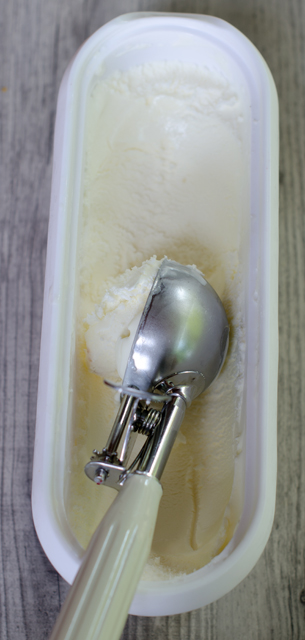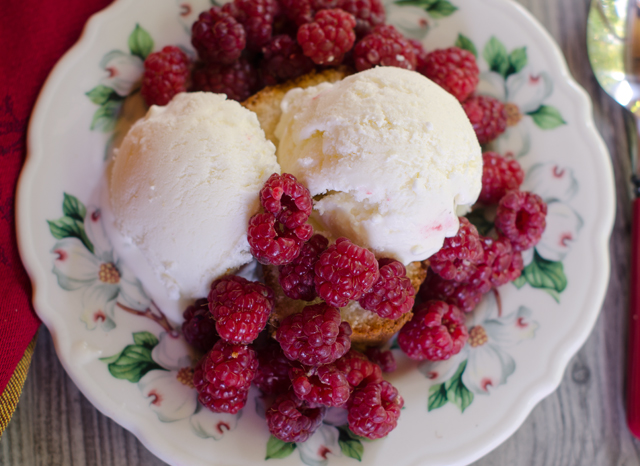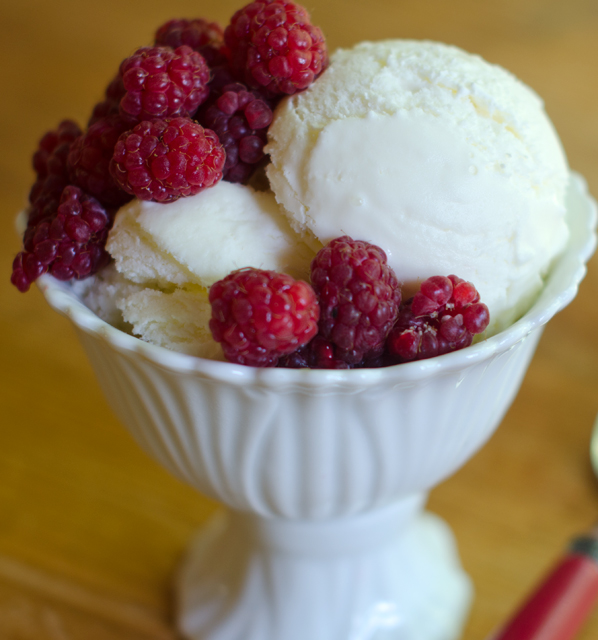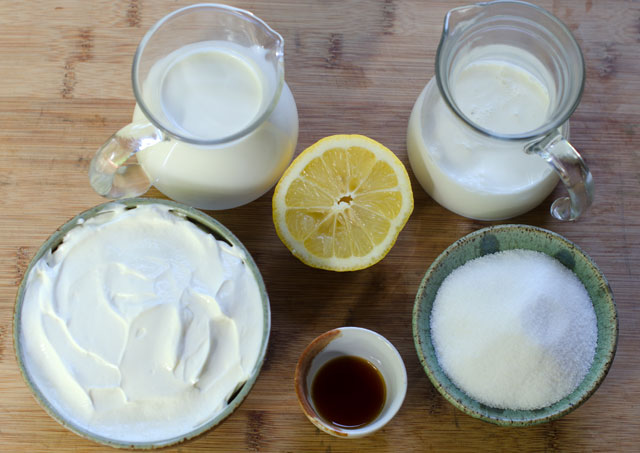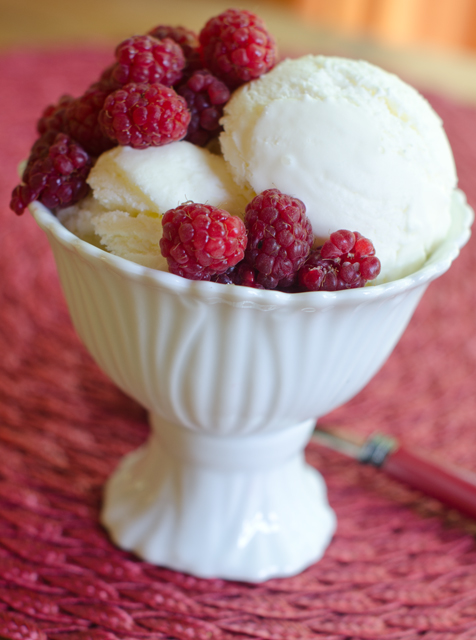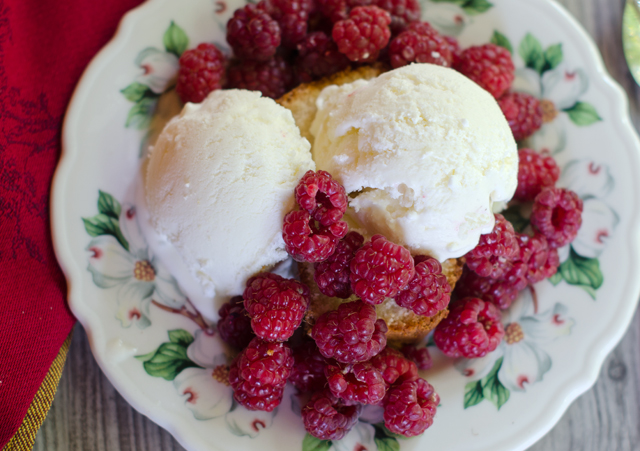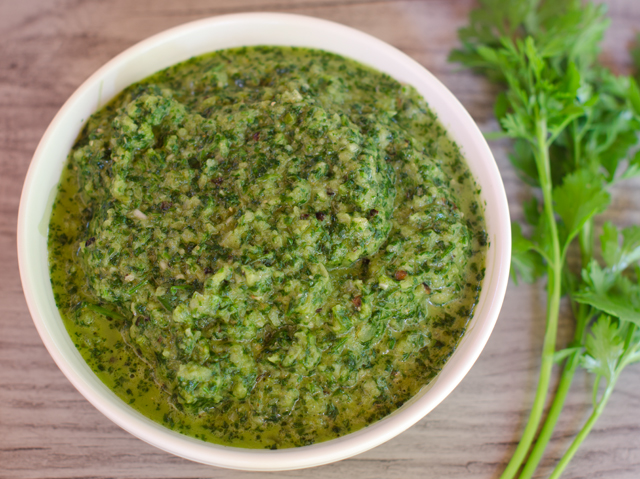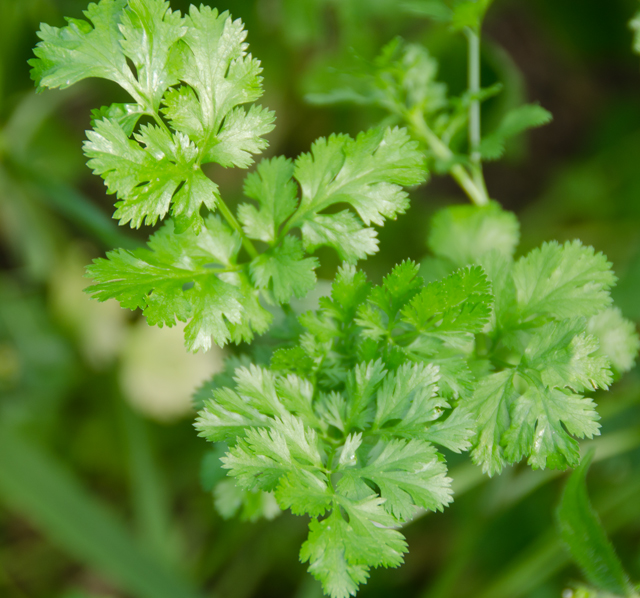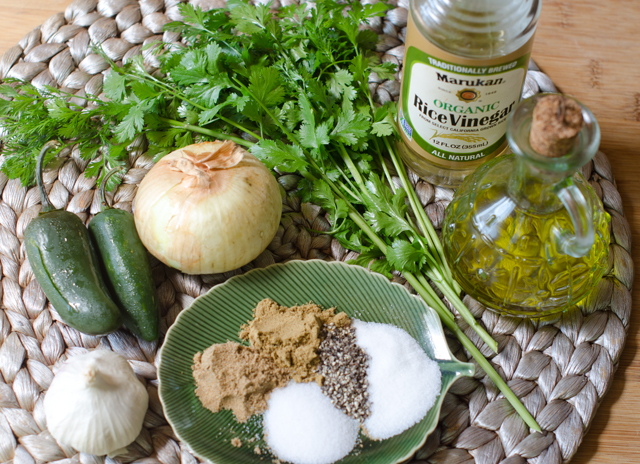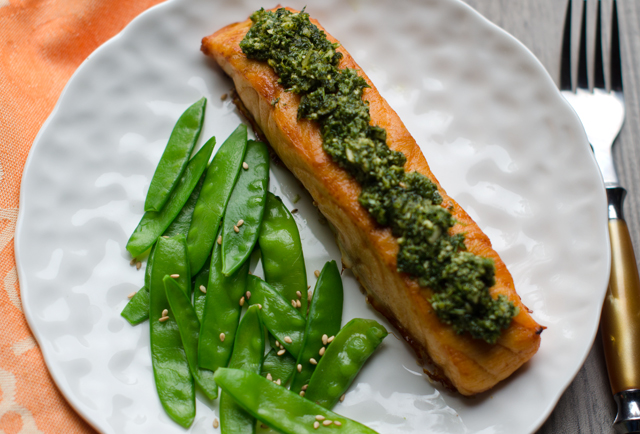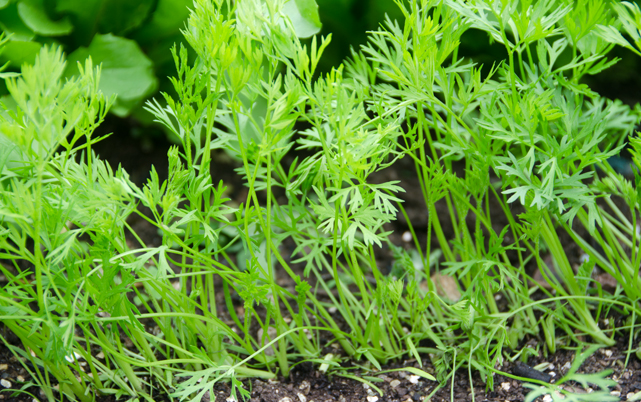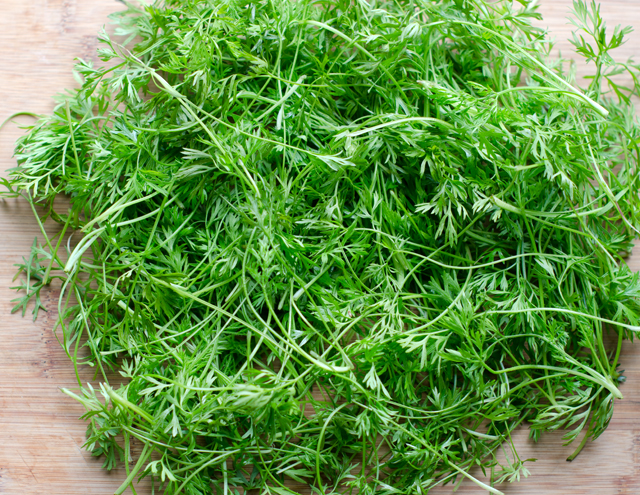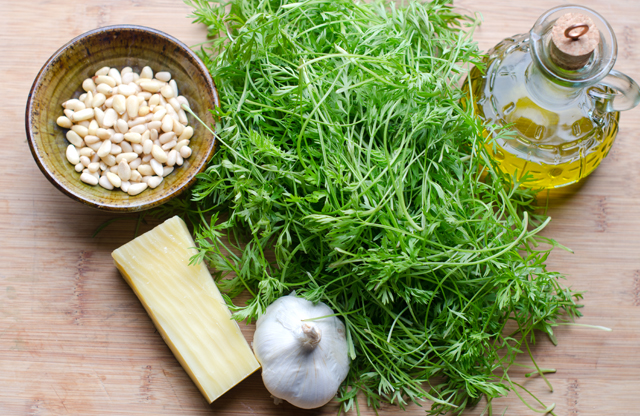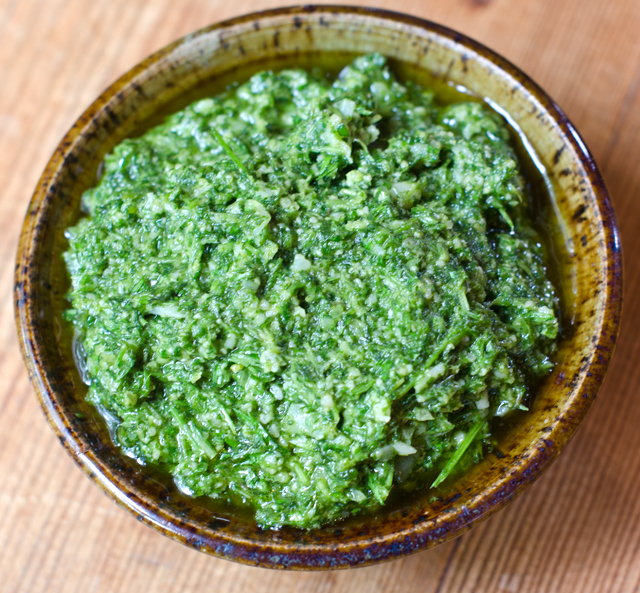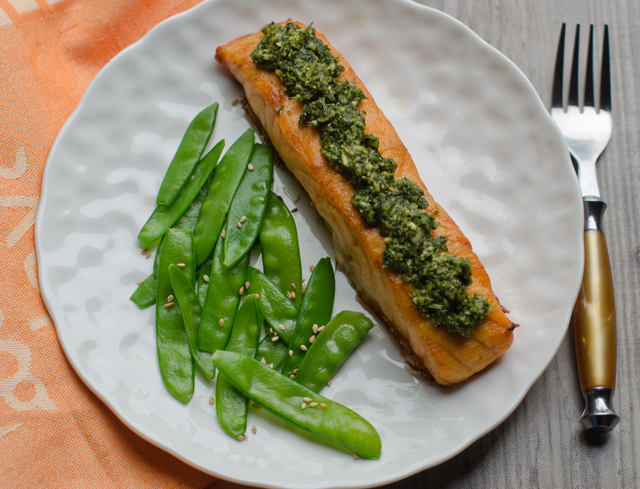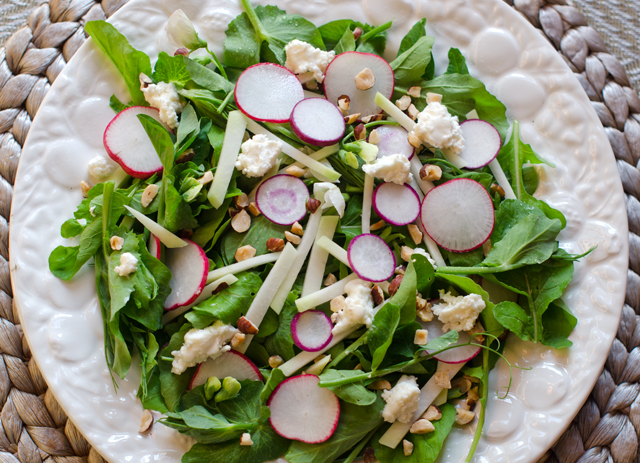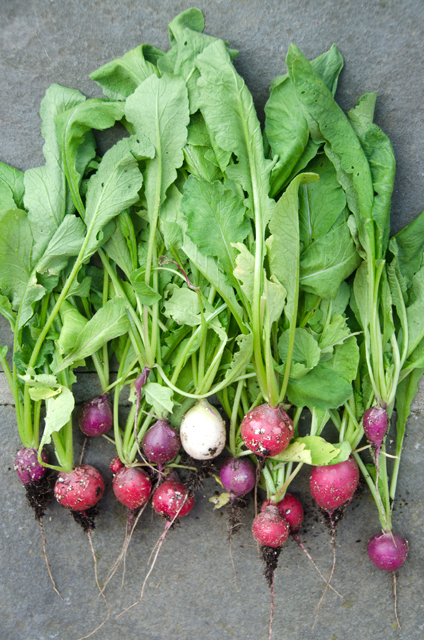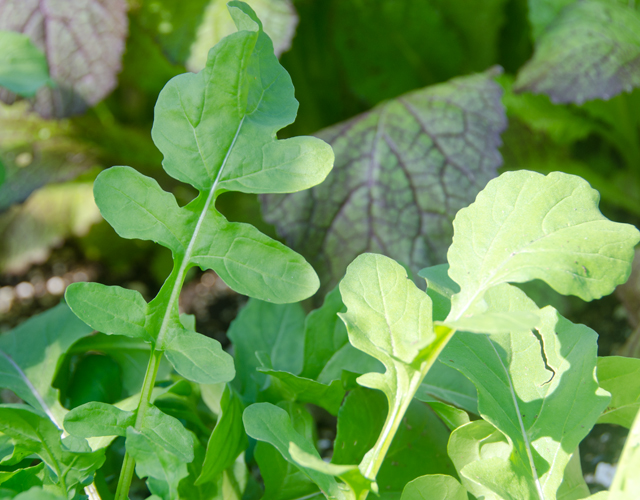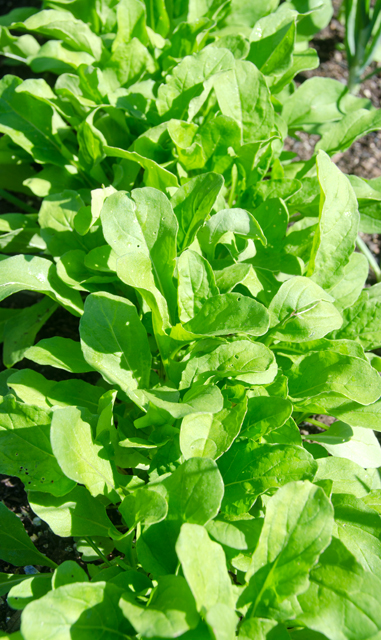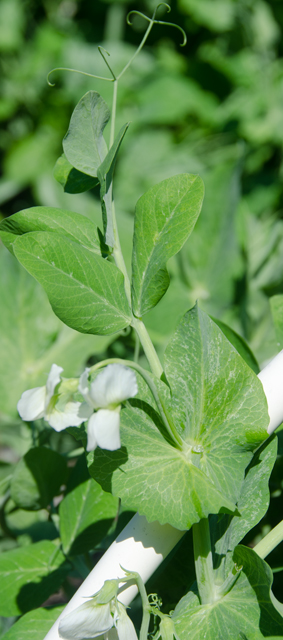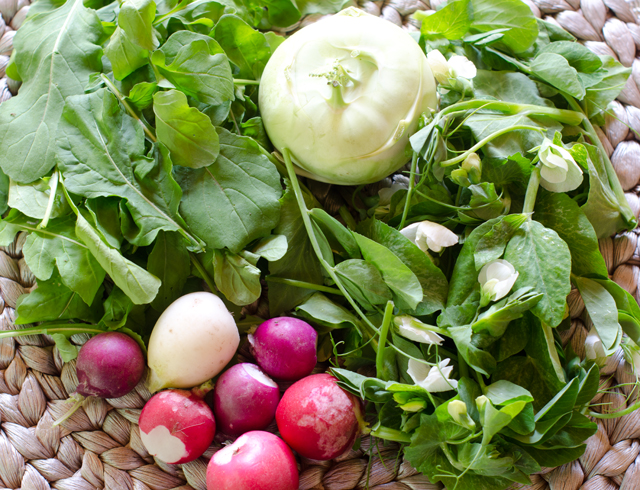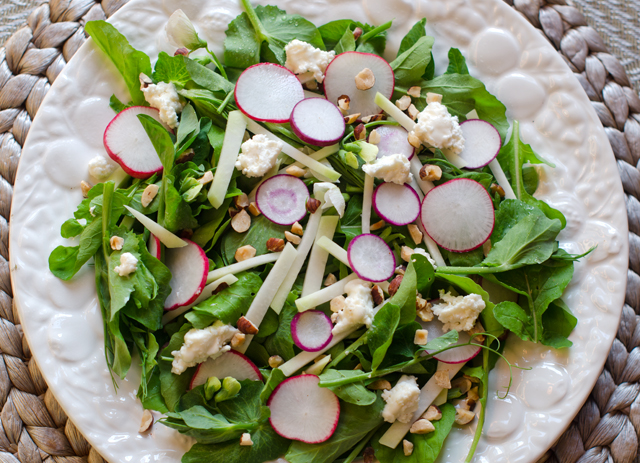When we first moved to our Windy Bush road property thirty years ago, we were always on the lookout for new plantings to add to our new homestead. Joe bought various fruit trees and started a vegetable and herb garden.
Back then we found interesting herbs at a yearly plant sale at the Churchville Nature Center. Gardeners are very generous people and a fellow plant and herb enthusiast offered us some raspberry bushes in exchange for some scented geraniums from Joe’s collection. We took her up on the offer and Joe planted the bushes in the vegetable garden. As the variety of the vegetables and herbs increased in the garden, we needed to find a new location for the raspberry bushes. Joe cleared a new area, not just for raspberries, now also including golden and black varieties, but for strawberries, blueberries, currants and blackberries as well.
Back in the original location where the raspberries were planted, a small piece of one of the bushes was left behind. Surprisingly, or maybe not, this small bush not only grew but thrived over the years. The transplanted bushes were fruitful for a time but eventually died off. Over the years we have put in more bushes but none has been as productive as that original planting that was never moved. For years Joe would cut it back, but it kept coming back stronger each year. We finally gave in and the bush is getting larger and is putting out beautiful plump red berries. I used to look for berries around the fourth of July, this crop started in mid June and will produce another harvest in August.
We enjoy them right off the vine, of course but I was looking for another way to enjoy this special treat. While picking one day my thoughts first went to crème fraîche but decided that a sour cream ice cream would be the perfect foil for these berries. The recipe I found for sour cream ice cream on Epicurious was originally from Gourmet magazine, July 2009 and was contributed by Ian Knauer. I met Ian several years ago at our local farmers market where he was signing copies of his cookbook, The Farm, subtitled, “rustic recipes for a year of incredible food.” The Farm is a cooking school in Stockton New Jersey, about twenty minutes from our home. Making a mental note to check it out sooner rather than later.
This is a very easy recipe, especially if, like me, you have made custard based ice creams in the past. Custard ice cream, although very delicious, requires a watchful eye to carefully temper the eggs with the cream and milk. One false move and you will have sweetened scrambled eggs.
This recipe is a Philadelphia style ice cream, which means it contains cream and/or other dairy products, a flavor base, but no eggs. All of the ingredients are whirled together in a blender, chilled well and churned in the ice cream maker. The sour cream makes it tangy and pairs well with any summer berry. I served it with toasted pound cake.
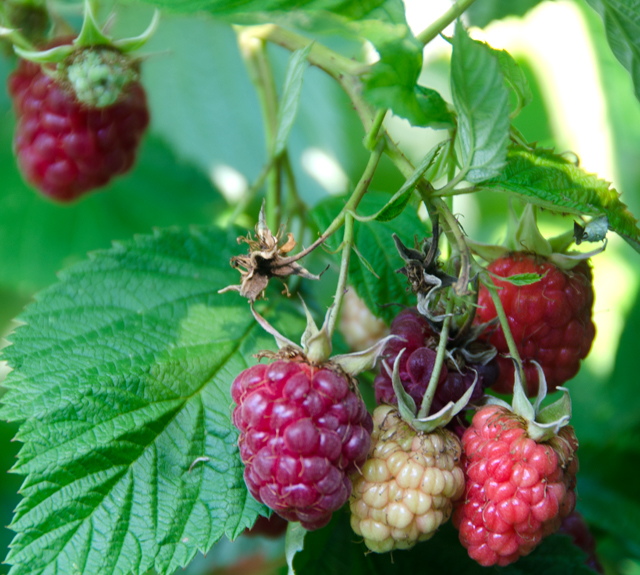
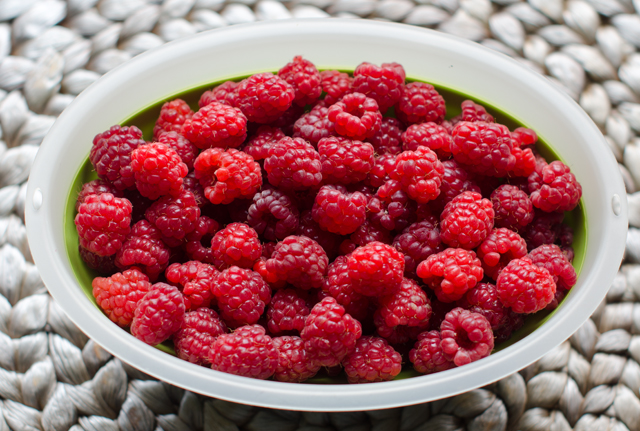
Sour Cream Ice Cream
Makes about 5 cups
Ingredients
- 1-16 ounce container sour cream
- 1 c chilled half and half
- ¾ c sugar
- ½ c chilled heavy cream
- 2 t fresh lemon juice
- ½ t vanilla extract
Directions
- Puree all ingredients with 1/8 teaspoon salt in a blender until mixture is very smooth and sugar is dissolved. Chill until very cold.
- Freeze mixture in an ice cream maker. Transfer to an airtight container and put in freezer to firm up, about 6 hours.
